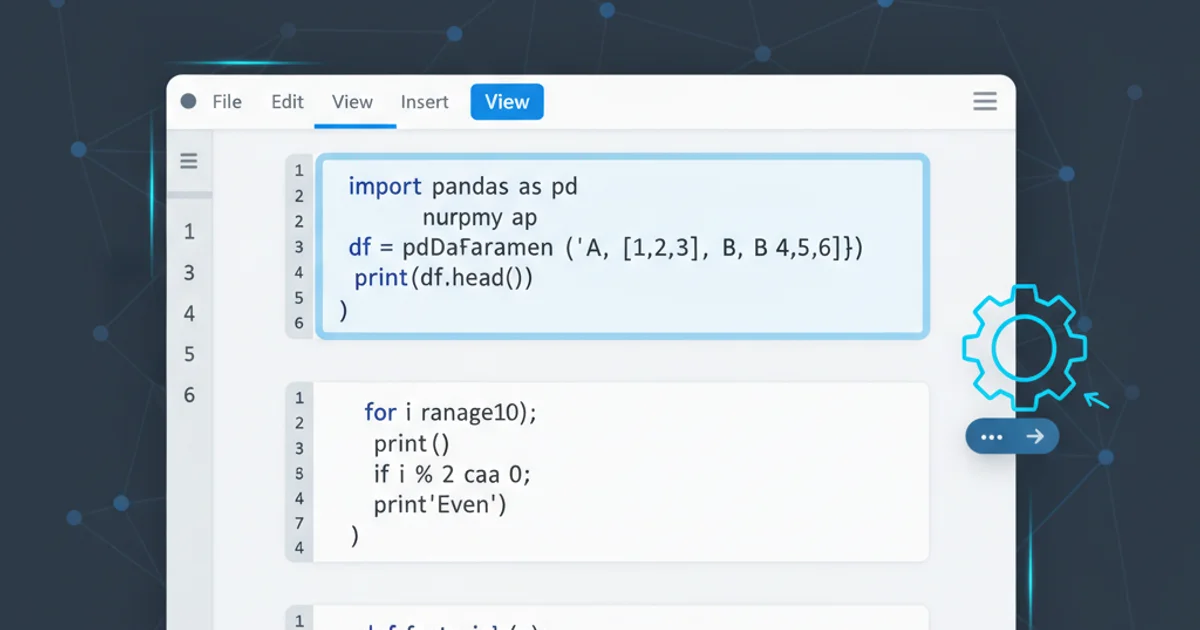How to set a the role type text in the .Net Role Provider?
Categories:
Mastering Role Types in .NET Role Provider with Entity Framework

Learn how to effectively manage and set role types within the .NET Role Provider using Entity Framework 5, enhancing your application's authorization capabilities.
The .NET Role Provider is a fundamental component for managing user roles in ASP.NET applications, allowing you to implement robust authorization schemes. When integrating with Entity Framework, understanding how to correctly define and assign role types becomes crucial for maintaining data integrity and application security. This article will guide you through the process of setting up and utilizing role types with the .NET Role Provider and Entity Framework 5.
Understanding the .NET Role Provider and Entity Framework
The .NET Role Provider abstracts the underlying storage mechanism for roles, allowing developers to switch between different data stores (like SQL Server, XML files, or custom stores) without changing application code. When working with Entity Framework, you typically create a custom role provider or extend an existing one to interact with your EF-managed database context. This involves mapping your application's role entities to the provider's expectations.
flowchart TD
A[ASP.NET Application] --> B[".NET Role Provider (Custom/EF-backed)"]
B --> C[Entity Framework Context]
C --> D[Database (Roles Table)]
D --"Role Types"--> C
C --"Role Data"--> B
B --"Authorization Decisions"--> AFlow of authorization requests through the .NET Role Provider with Entity Framework.
Defining Role Types in Your Entity Framework Model
To set role types, you first need a way to represent them in your database model. A common approach is to have a Role entity with a property that defines the 'type' or 'name' of the role. This property will be used by the Role Provider to identify and manage roles. For instance, you might have roles like 'Administrator', 'Editor', or 'Viewer'.
public class ApplicationRole
{
public int Id { get; set; }
public string RoleName { get; set; } // This will be your 'role type text'
public string Description { get; set; }
// Navigation property for users in this role
public virtual ICollection<ApplicationUser> Users { get; set; }
public ApplicationRole()
{
Users = new HashSet<ApplicationUser>();
}
}
Example ApplicationRole entity for Entity Framework.
RoleName property is indexed and unique in your database for efficient lookups by the Role Provider. This is critical for performance, especially in applications with many roles or users.Implementing a Custom Role Provider for Entity Framework
While you can use the default SqlRoleProvider and configure it to point to your EF-managed tables, a more flexible and robust solution is to implement a custom RoleProvider. This allows you to directly interact with your DbContext and leverage your custom ApplicationRole entity. You'll need to override methods like RoleExists, CreateRole, AddUsersToRoles, and GetRolesForUser.
public class EfRoleProvider : RoleProvider
{
private ApplicationDbContext _context;
public EfRoleProvider()
{
_context = new ApplicationDbContext(); // Or inject via constructor
}
public override bool RoleExists(string roleName)
{
return _context.Roles.Any(r => r.RoleName == roleName);
}
public override void CreateRole(string roleName)
{
if (!RoleExists(roleName))
{
_context.Roles.Add(new ApplicationRole { RoleName = roleName });
_context.SaveChanges();
}
}
public override string[] GetRolesForUser(string username)
{
var user = _context.Users.Include(u => u.Roles)
.FirstOrDefault(u => u.UserName == username);
return user?.Roles.Select(r => r.RoleName).ToArray() ?? new string[0];
}
// ... other overridden methods like AddUsersToRoles, DeleteRole, etc.
}
Partial implementation of a custom EfRoleProvider.
Configuring Your Application to Use the Custom Role Provider
Once your custom EfRoleProvider is implemented, you need to configure your web.config file to tell ASP.NET to use it. This involves adding a <roleManager> section and specifying your custom provider.
<configuration>
<system.web>
<roleManager enabled="true" defaultProvider="EfRoleProvider">
<providers>
<add name="EfRoleProvider"
type="YourNamespace.EfRoleProvider, YourAssembly"
connectionStringName="DefaultConnection" />
</providers>
</roleManager>
</system.web>
</configuration>
Configuring web.config to use the custom EfRoleProvider.
YourNamespace.EfRoleProvider, YourAssembly with the actual namespace and assembly name of your custom role provider. Incorrect configuration will prevent the role provider from loading.Managing Role Types and Assigning Users
With the setup complete, you can now manage your role types (e.g., 'Admin', 'User') and assign them to users. This can be done programmatically within your application logic or through an administrative interface. The Roles static class provides convenient methods for interaction.
// Example: Creating a new role type
if (!Roles.RoleExists("Administrator"))
{
Roles.CreateRole("Administrator");
}
// Example: Assigning a user to a role type
string username = "john.doe";
string roleName = "Administrator";
if (!Roles.IsUserInRole(username, roleName))
{
Roles.AddUserToRole(username, roleName);
}
// Example: Checking if a user is in a role
bool isAdmin = Roles.IsUserInRole(username, "Administrator");
Programmatic interaction with the Roles class to manage role types.
By following these steps, you can successfully integrate the .NET Role Provider with Entity Framework 5, allowing you to define and manage role types effectively within your ASP.NET MVC 4 application. This robust setup provides a solid foundation for implementing role-based authorization.